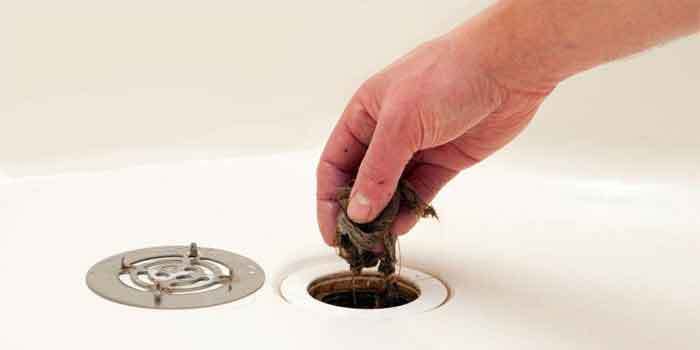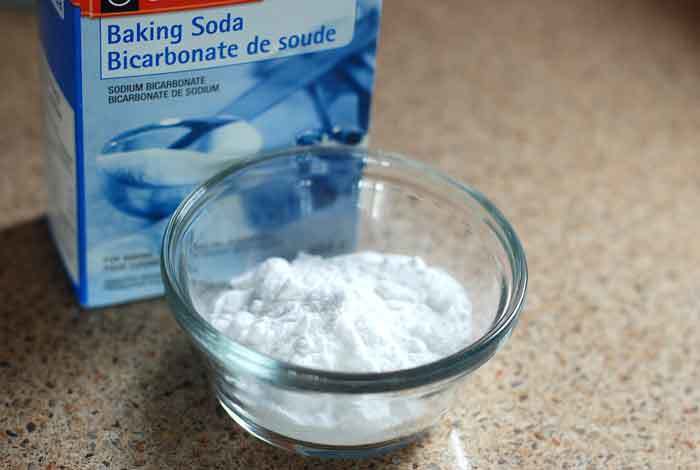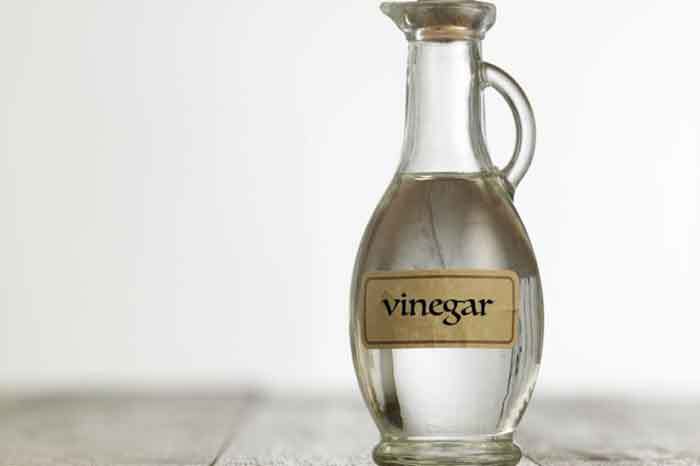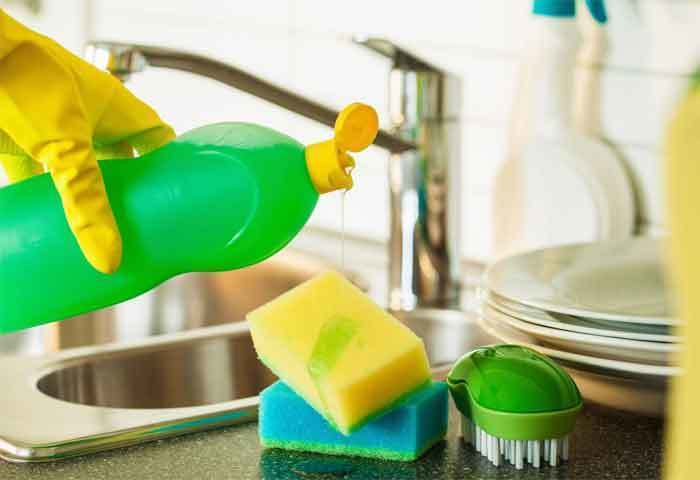Disclaimer: This post may contain affiliate links, meaning we get a small commission if you make a purchase through our links, at no cost to you. For more information, please visit our Disclaimer Page.
Losing your hair is totally normal, and especially if you have long hair, you should know the struggle when it come cleaning.
Especially in the bathroom, our hair will basically stick to anything. And, one of the most annoying places to have hair build-ups is definitely drain pipes.
The hair is definitely the number one reason why your drain pipes are clogged. Furthermore, hair build-ups are also a bolster that can allow other stuff to accumulate and clog your drains.
That’s why we need to deal with hair build-ups as soon as possible. So, let’s see how.

Homemade Drain Cleaners for Hair Clogs
Getting your drain cleaned from clogs is not an easy task to do, especially if the clog is stubborn and with a lot of hair build-up. But, you don’t need to worry since we are here to find the best possible solution.
Here are some of the best natural hair dissolver:
Baking Soda and Vinegar Mix
The famous one! Baking soda and vinegar don’t go so well together for many things, but, there’s one thing that they are unstoppable at – hair build-up dissolving.
Namely, when adding baking soda and vinegar inside the drain, they will cause a reaction which will burn and dissolve basically every hair particle down there.

Now, there are two ways to make a natural drain cleaner hair dissolver mixture with these two ingredients.
- Pour it inside the drain
The first way to create a mixture of baking soda and vinegar is to add a ½ cup of baking soda down the drain. Let it sit for a bit there, and then add a ½ cup of vinegar as well.
This will cause a reaction and a bubbly effect which is quite interesting to watch. Anyhow, this is a strong mixture which will clear the drain and get rid of all the hair build-ups.
- Mix it in the plastic cup
The second way to do this is to take a bit bigger plastic cup and to add a ½ cup of vinegar first. Next, add baking soda, use a ½ cup, but remember, don’t just drop baking soda inside the vinegar. You need to apply it slowly, bit by bit.
This way, the reaction will not be that big and you can use this mixture for hair dissolving in your drain. So, with this solution, you can actually get any drained cleaned from hair build-up.

Detergent and Hot Water Mixture
This one is a piece of cake. However, this mixture is not as strong as baking soda and vinegar, and it might not be enough for nasty and stubborn hair build-ups.
Now, you need to put a pot of water on the stove and boil it. You don’t need a big amount of water, just boil approximately 1L of water and you will be fine.
Next, there are 3 ways to make this mixture. We will explain them one by one.

Number 1 – Try adding detergent while the water is on the stove boiling. This will create an instant reaction and the mixture will be set to go. You should use this method only if you plan on using this mixture right away.
Also, this is a suitable way only if the hair build-up is not that big.
Number 2 – The next method requires you to remove the pot with water from the stove and let it sit for a bit. Don’t let the water cool down, just wait for a few seconds and then start adding the detergent to the pot.
You can use this mixture right away, or you can wait for a bit – the results will be the same.
Number 3 – This method doesn’t even require you to add the detergent inside the pot. You only need to pour a whole pot of boiling water down the drain. But first, you need to add the detergent to the drain in order for it to have some results.
Salt with Borax and Vinegar Solution
Remember how we said that baking soda and vinegar are powerful? Well, this solution is way better and definitely more effective when it comes to hair dissolving.
So, here’s what you need:
- A ¼ cup of salt
- A ¼ cup of borax
- A ½ cup of vinegar
- A full pot of boiling water
Let’s start. First, you need to take a plastic cup and add a ¼ cup of salt. Next, you should add a ¼ of borax and shake the cup for a bit. The key is to mix these two ingredients so you can advance to the next step.
After that, you will add a ½ cup of vinegar and the mixture is complete. This mixture is actually so powerful, that’s why you need a pot of boiling water to push it down the drain so it can leave your drain system.
Put this mixture inside the drain, wait for a couple of minutes and then add a full pot of boiling water. The hair clog will definitely be dissolved in no time with Borax.
Conclusion: Natural Drain Cleaner Hair Dissolver
As we already mentioned, dealing with the hair build-ups inside your drain is not always an easy job. That’s why you need only the best solutions and mixtures to help you out.
There you go! These are one of the strongest and the most powerful solutions that you can make with the stuff from your home. If all these seem too troublesome, check out the best drain cleaners for hair clogs, all readily made for you.
The results will amaze you and you will definitely have a cleaned drain after using these. Hair build-ups will no longer be a problem in your household.

